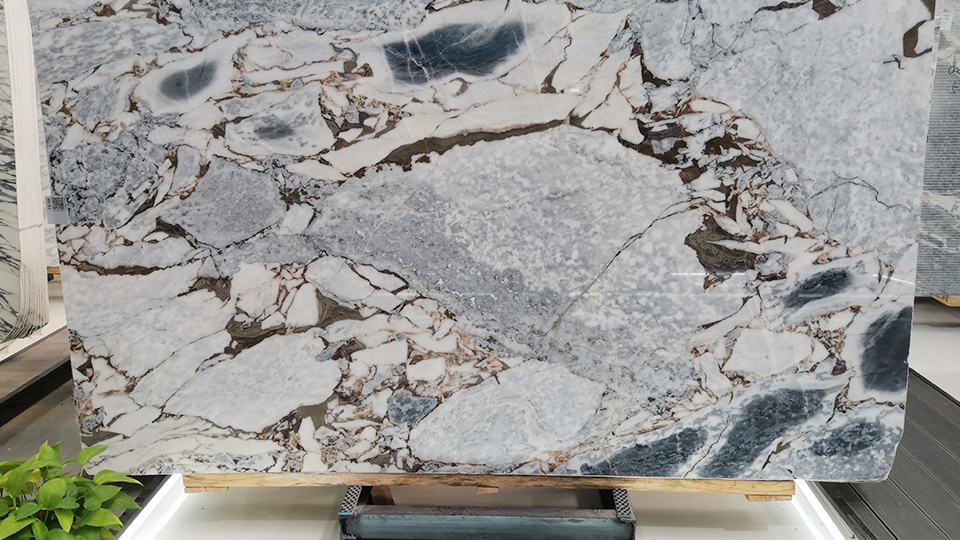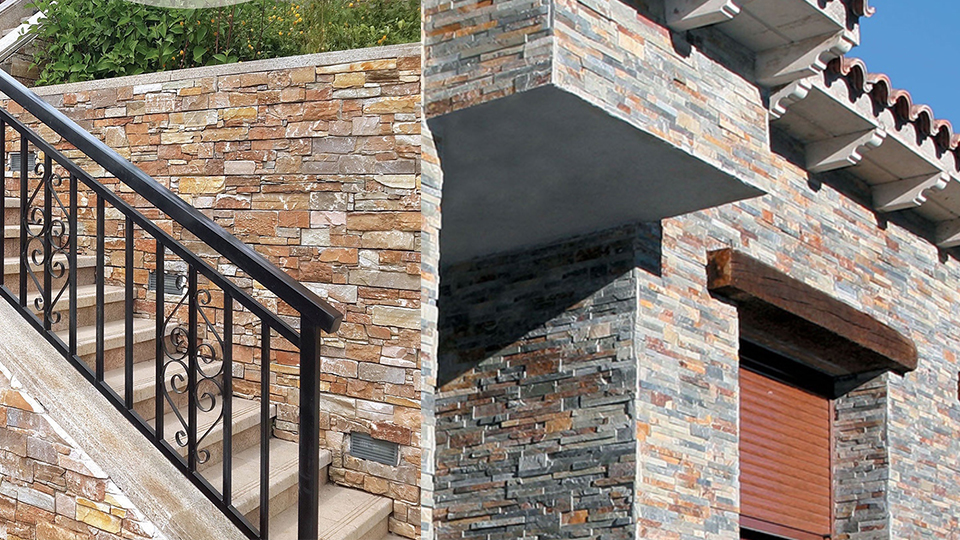

What is Decomposed Granite? A Comprehensive Guide to its Composition, Uses, and Benefits
Decomposed granite (DG) is a versatile and aesthetically pleasing natural material that has gained significant popularity in landscaping, construction, and various other applications. Often overlooked in favor of more conventional hardscaping materials like concrete or gravel, DG offers a unique blend of natural beauty, permeability, and stability. While its name might suggest a complex geological process, "decomposed" simply refers to granite that has weathered naturally into smaller particles, ranging from fine dust to small gravel.
This comprehensive guide will delve into the geological origins of decomposed granite, explore its various forms and characteristics, detail its extensive range of applications, and highlight the numerous benefits it offers as a sustainable and functional material.
1. The Geological Origins: How Granite Decomposes
Granite is an intrusive igneous rock, formed from the slow crystallization of magma below the Earth's surface. It is primarily composed of quartz, feldspar, and mica, giving it its characteristic speckled appearance and varying colors (pinks, grays, reds, whites).
"Decomposition" in this context refers to the natural process of weathering, specifically chemical weathering and physical weathering, that breaks down the solid granite bedrock over vast periods of time.
Chemical Weathering (Hydrolysis): This is the primary mechanism by which granite decomposes. Feldspar, a common mineral in granite, reacts with water (especially slightly acidic rainwater) in a process called hydrolysis. This reaction converts feldspar into soft clay minerals (like kaolinite) and releases dissolved silica and potassium ions. As the feldspar crystals within the granite break down, the rock matrix weakens.
Physical Weathering (Mechanical Disintegration): While chemical weathering is dominant, physical processes also contribute.
Freeze-thaw cycles: Water seeps into cracks in the granite, freezes and expands, widening the cracks, and eventually breaking off pieces.
Thermal expansion and contraction: Daily temperature fluctuations cause minerals to expand and contract at different rates, leading to stress and fracturing.
Root wedging: Plant roots grow into cracks, exerting pressure and widening them.

Over millennia, these weathering processes transform solid granite bedrock into a crumbly, granular material that retains the characteristic color and mineralogy of its parent rock. This naturally weathered material is what we call decomposed granite. It is found in abundance in regions where granite is a prevalent bedrock, such as the Sierra Nevada in California, parts of the Rocky Mountains, and various other granitic terrains worldwide.
2. Characteristics and Composition of Decomposed Granite
Decomposed granite is essentially granite in a granular form. Its characteristics depend heavily on the parent granite and the degree of decomposition:
Particle Size: DG ranges in particle size from very fine, silt-like material (dust) to coarser particles resembling sand and small gravel (up to 3/8 inch or 10 mm). This varied particle size distribution is crucial for its unique properties.
Color: The color of DG directly reflects the mineral composition of the original granite. Common colors include:
Gold/Buff: Often from granites rich in potassium feldspar.
Gray/Silver: Typically from granites with more plagioclase feldspar and quartz.
Red/Pink: Resulting from granites with specific iron-bearing minerals or stained by iron oxides.
Tan/Brown: A common earthy tone.
Texture: DG has a natural, earthy, and often somewhat gritty texture. When compacted, it forms a firm, yet permeable, surface.
Permeability: Due to its granular nature and varied particle sizes, DG typically allows water to infiltrate, reducing runoff and promoting groundwater recharge. This makes it a popular choice for permeable pathways and sustainable landscaping.
Binding Properties (Compaction): The presence of finer particles (silt and clay from weathered feldspar) allows DG to bind together relatively well when compacted and moistened. This gives it a stable, firm surface, unlike loose gravel which tends to shift.
Natural Appearance: Unlike crushed aggregates that often have sharp, angular edges, DG has a softer, more natural appearance due to the weathering process, making it blend seamlessly into natural landscapes.
3. Types of Decomposed Granite (and their applications)
While "decomposed granite" is a general term, it often refers to different forms based on its processing and intended use:
Loose Decomposed Granite (Natural or Raw DG):

Description: This is the most natural form, directly excavated from geological deposits. It contains a full range of particle sizes, including fines, which contribute to its binding properties.
Applications: Ideal for informal pathways, natural-looking driveways with lower traffic, large naturalistic planting beds, and as a natural groundcover. It offers excellent permeability.
Compaction: Requires significant compaction and often watering during installation to achieve stability.
Stabilized Decomposed Granite:
Description: This type of DG is mixed with a natural, organic stabilizer (like a plant-derived polymer) or a small percentage of cementitious material during production or installation. The stabilizer enhances the binding properties of the DG, creating a much firmer and more durable surface.
Applications: Preferred for high-traffic pathways, ADA-compliant (Americans with Disabilities Act) accessible paths, patios, bocce ball courts, and driveways where a firmer, less dusty, and more erosion-resistant surface is required.
Benefits: Reduces dust, prevents erosion, provides a smoother surface, and offers superior stability while largely retaining permeability.
Resin-Coated Decomposed Granite:
Description: This is a more engineered product where DG particles are coated with a resin, often polyurethane, and then bound together.
Applications: Used for very high-traffic areas, commercial pathways, and public spaces where maximum durability, a completely dust-free surface, and high stability are paramount. It often creates a surface similar to permeable pavement.
Benefits: Extremely durable, fully dust-free, highly stable, and often still permeable (though less so than loose or stabilized DG depending on the specific resin system).
4. Extensive Applications of Decomposed Granite
The unique properties of decomposed granite make it suitable for a wide array of applications across landscaping, construction, and recreational uses:
Landscaping and Garden Design:
Pathways and Walkways: The most common application. DG creates charming, natural-looking paths that blend into gardens, often replacing traditional gravel or concrete. Loose DG is excellent for meandering garden paths, while stabilized DG is used for more formal or high-traffic walkways.
Patios and Seating Areas: DG can form a permeable, comfortable, and attractive base for outdoor living spaces.
Driveways: For residential or light commercial use, DG driveways offer a rustic aesthetic and permeable surface. Stabilized DG is recommended for higher traffic.
Groundcover: Used as a natural mulch or groundcover in planting beds, reducing weed growth, retaining moisture, and providing a clean, consistent look.
Xeriscaping and Drought-Tolerant Gardens: Its natural appearance and water-permeable qualities make it ideal for water-wise landscapes.
Bocce Ball Courts: Stabilized DG is a popular choice for bocce ball courts due to its firm, smooth, and consistent playing surface.
Pet-Friendly Areas: DG is often used in dog runs or designated pet areas due to its natural drainage properties and relatively easy clean-up.
Construction and Infrastructure:
Sub-Base Material: Used as a compactable base layer for paving, patios, or artificial turf installations due to its good drainage and compaction properties.
Drainage Systems: Incorporated into French drains or other subsurface drainage systems to improve water infiltration.
Erosion Control: Applied on slopes or disturbed areas to help prevent soil erosion due to its ability to bind when compacted.
Utility Backfill: Suitable for backfilling trenches around utility lines due to its compactability and drainage.
Bike Paths and Trails: Stabilized DG is increasingly used for multi-use trails, providing a smooth, stable, and permeable surface for cyclists and pedestrians.
Sporting Surfaces: Beyond bocce ball, DG can be used for certain informal athletic fields or training areas.
Other Niche Applications:
Equestrian Arenas: Specific grades of DG are sometimes used as a footing material in horse riding arenas due to its drainage and cushioning properties.
Art and Design: Its natural colors and textures can be incorporated into art installations or decorative elements.
5. Benefits of Using Decomposed Granite
The widespread adoption of decomposed granite can be attributed to its numerous advantages:
Natural Aesthetics: Blends seamlessly into natural landscapes, providing an earthy, organic look that complements plants and other natural elements.
Permeability and Drainage: A major environmental benefit. It allows rainwater to percolate through the surface, reducing stormwater runoff, minimizing erosion, and recharging groundwater. This is crucial for sustainable landscaping and compliance with modern stormwater management regulations.
Cost-Effective: Generally less expensive than paved surfaces like concrete, asphalt, or even some types of flagstone or pavers, especially for large areas.
Easy Installation: Compared to pouring concrete or laying pavers, installing DG is relatively straightforward, often involving grading, laying a base fabric, spreading the DG, and compacting.
Low Maintenance (with proper installation): Once properly installed and compacted, DG surfaces are relatively low maintenance. Occasional refreshing or minor regrading may be needed over time. Stabilized DG requires even less maintenance.
Versatility: As demonstrated by its wide range of applications, DG can be used in diverse settings and for various purposes.
Drought-Tolerant Landscaping: Its natural appearance and permeability make it ideal for xeriscaping, reducing the need for irrigation.
Comfortable Underfoot: Compared to sharp-edged gravel, DG offers a softer, more comfortable surface for walking, making it popular for pathways.
Environmentally Friendly: As a natural, locally sourced material (in granite-rich regions), it has a lower embodied energy than manufactured materials and contributes to sustainable building practices.
6. Considerations for Installation and Maintenance
While DG offers many benefits, proper installation is key to its performance and longevity:
Preparation: Proper sub-base preparation, including grading for drainage and installing a weed barrier fabric, is crucial.
Edge Restraints: Edging (e.g., steel, bender board, concrete, stone) is highly recommended, especially for loose DG, to prevent it from migrating and to maintain the defined shape of the area.
Compaction: Thorough compaction with a plate compactor is essential to achieve a firm, stable surface, reduce dust, and prevent erosion. Water is often applied during compaction to aid binding.
Slope Limitations: While suitable for gentle slopes, very steep inclines may require more specialized stabilization or alternative materials to prevent erosion.
Dust Control: Loose DG can be dusty, especially in dry, windy conditions. Stabilized DG significantly mitigates this.
Weed Control: While a weed barrier helps, occasional weeds may still sprout through the DG, especially in loose applications.
Refreshing: Over time, particularly in high-traffic areas or after heavy rain, loose DG may require periodic refreshing of the top layer or re-compaction.
Conclusion
Decomposed granite is a testament to the beauty and utility derived from natural geological processes. From its humble origins as weathered bedrock, it has emerged as a powerhouse material in modern landscaping and construction. Its unique combination of natural aesthetics, exceptional permeability, and surprising stability when compacted offers a sustainable, cost-effective, and versatile alternative to traditional hardscaping options. Whether creating a serene garden path, a functional driveway, or a robust base for commercial infrastructure, decomposed granite provides a harmonious blend of nature and utility, proving itself to be much more than just "broken rocks" but rather a sophisticated and indispensable element in contemporary design and engineering.
Name: selena
Mobile:8613176910558
Tel:86-13176910558
Whatsapp:8619323167067
Email:409284553@qq.com
Add:Laizhou ,Shandong , Shandong Province, China